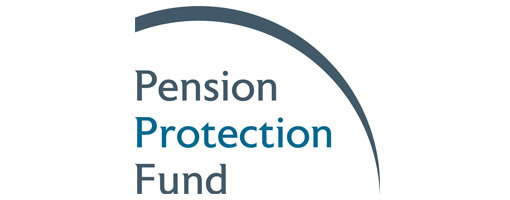Members have more interest in the value of their pension savings than charges, with just 49 out of 1,016 respondents marking cost and charge information as an area of significant interest in a recent survey by Ignition House.
The research, led by Tesco Pension Trustees chairman, Ruston Smith, found that respondents were more likely to talk about tax relief or the fact they could transfer money in or out of their pension as opposed to charges, with respondent’s showing more focus on the overall amount saved in the pot.
The analysis also found that whilst 60 per cent of members were not aware that they were paying any charges for their pension, almost half (45 per cent) were not surprised to see them.
The report suggested that this could show that industry concerns over the unintended consequences of showing charges on statements may be “somewhat overstated” as less than one in five (19 per cent) seemed genuinely surprised to see a charge for their pension.
It also found that a “whopping” 86 per cent of those currently with low levels of engagement expressed interest in seeing their charges on statements, with 44 per cent of this group said they were “very interested”.
Indeed, once members became aware of the charges, there was a greater interest in the information, with some respondents querying why this had not been made clearer before, and 96 per cent of members stating that it is important for all pension providers to present the charges in a consistent and simple way.
However, the research has raised questions over the assumption that increased transparency on charges could lead to higher opt-out rates, emphasising that the “situation is not quite as clear cut”, as members will consider a number of other aspects before making final decisions.
In particular, the survey found that whilst 7 per cent of members said they might consider stopping paying contributions into their pension, this dropped to 5 per cent when explicitly told that their employer would also no longer pay any contributions, equal to 49 savers.
Furthermore, over half (57 per cent) of those who the consider opting out already knew that they were paying a charge but had not taking any action previously, whilst 4 of these 49 respondents would take this action alone.
The remaining 45, meanwhile, would also want to understand how these charges compared to the market, or understand what the charges are for.
This was in line with the broader action taken by all savers, as the most common action to take after seeing charges on a statement amongst all respondents was to compare the charges to other pension providers (37 per cent) and compare the charge to their other pensions to see if they could be better off moving them into one (36 per cent).
This is despite nearly two-thirds (65 per cent) of those who have previously consolidated a DC pension not considering charges at all.
In light of this, the report suggested that whilst cost information alone is useful, some benchmarks or indications would help members make sense of whether their scheme is offering value for money.
It also highlighted the fact that the majority of members recognise that cheapest is not always best as "heartening", although it clarified that further work will be required to determine the best way to present this information clearly to members.
Commenting on the findings, Smith said: “Not surprisingly, it’s the value of members’ savings at retirement that matters most – the money in their retirement pot.
“But members also want to see the costs that are charged and taken out of their savings on all their annual pension statements - presented in a consistent, clear and simple way, in pounds and pence.
“This research asked the industry’s customers how they want the charges they actually pay to be shown on all the annual pension statements they receive. Listening to pension savers, the industry’s customers, is critical in delivering what works best for them.
“There’s no current requirement to show the amount that each member pays, in charges, consistently on all trust and contract based annual pension statements. This research provides conclusive evidence that members expect to see those charges on their pension statements, but also tells us how they want them expressed and presented.”
The research was conducted to build on the work to implement simpler statements, which the government is soon expected to put into law, with the conclusions of the research passed to the Department for Work and Pensions so they can “consider how to use and apply the findings”.
Latest News
-
Looking back: Top 20 most read stories of 2025
-
‘Growing minority’ of pension savers turning to newer digital channels
-
Border to Coast deploys more than £1bn across private markets programme
-
Looking back: The Pensions Age 2025 DEI focus
-
This week in pensions: 15-23 December
-
Looking back: 2025 - The year of the big pension overhaul
Private markets – a growing presence within UK DC
Laura Blows discusses the role of private market investment within DC schemes with Aviva Director of Investments, Maiyuresh Rajah
The DB pension landscape
Pensions Age speaks to BlackRock managing director and head of its DB relationship management team, Andrew Reid, about the DB pensions landscape
Podcast: From pension pot to flexible income for life

Podcast: Who matters most in pensions?

In the latest Pensions Age podcast, Francesca Fabrizi speaks to Capita Pension Solutions global practice leader & chief revenue officer, Stuart Heatley, about who matters most in pensions and how to best meet their needs
© 2019 Perspective Publishing Privacy & Cookies










Recent Stories